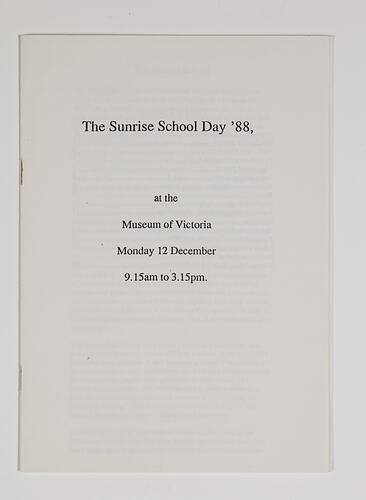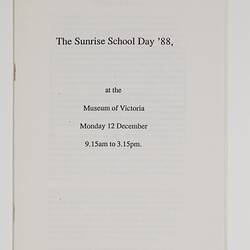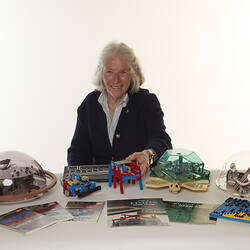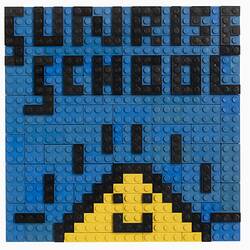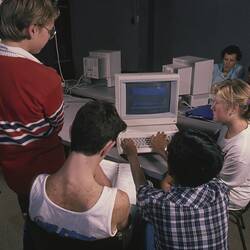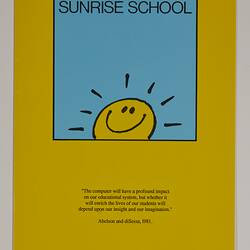Summary
A booklet, entitled 'The Sunrise School Day '88', Melbourne, 1988', describing the status at the end of 1988 of the joint program known as the 'Sunrise School'.
This project was a joint project between the Australian Council for Educational Research (ACER) and the Museum of Victoria to develop a model of teaching for students to use new information and communication technologies.
The booklet summarised related activities in 1988, provided a bibliography of papers, described new Sunrise Centres, described the 'Boxer' computational environment developed by Andrea diSessa and Harold Abelson, described the Sunrise School music project of Kevin Purcell and Andrew Brown as well as the 'Australia's Biggest Family Photo Album', overseen by Euan McIllivary, Museum of Victoria, and 'Supermap'.
The booklet includes the Sunrise School's outreach program for 1989, a list of participants at the Sunrise School Day held at Museum of Victoria on 12 December, 1989 and the program for that day.
The booklet includes three photographs; 'Steve Ocko, demonstrating LEGO-Logo technology' and two of unidentified young students with technical computing devices.
This object forms part of the Sunrise Collection which includes educational robots, software and multimedia recordings of teachers and students, mainly in Victoria, exploring new possibilities with computer programming.
Physical Description
An A5-sized booklet of six white A4 paper sheets, folded and stapled at the fold to form 24 pages with text printed in black on all faces. There are three black-and-white photographs and one diagram set in the text.
More Information
-
Collection Names
-
Collecting Areas
Information & Communication, Childhood, Social Spaces & Youth
-
Used By
-
Organiser of Event
Science & Technology Division, Museum of Victoria, 12 Dec 1988
-
Organiser of Event
-
Person Depicted
-
Designer
-
Inscriptions
Cover: 'The Sunrise School Day '88' / at the / Museum of Victoria / Monday 12 December / 9.15am to 3.15pm.'
-
Classification
-
Category
-
Discipline
-
Type of item
-
Object Dimensions
150 mm (Width), 210 mm (Depth)
-
Keywords
Robots, Robotics, Robot Components, Computers, Computer Software, Computer Games, Computer Peripherals, Electronic Learning Aids, Education Programs, Education Kits, Educational Technology, Schools, Technology, Education, microworlds, constructionism
